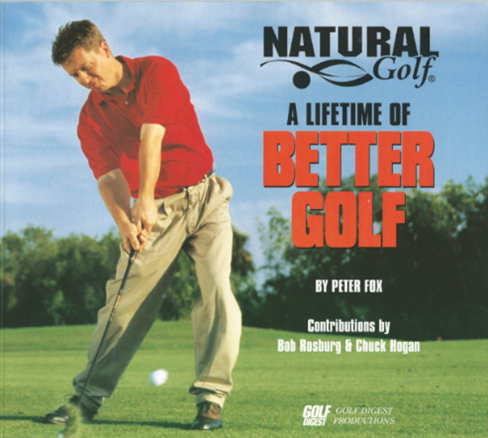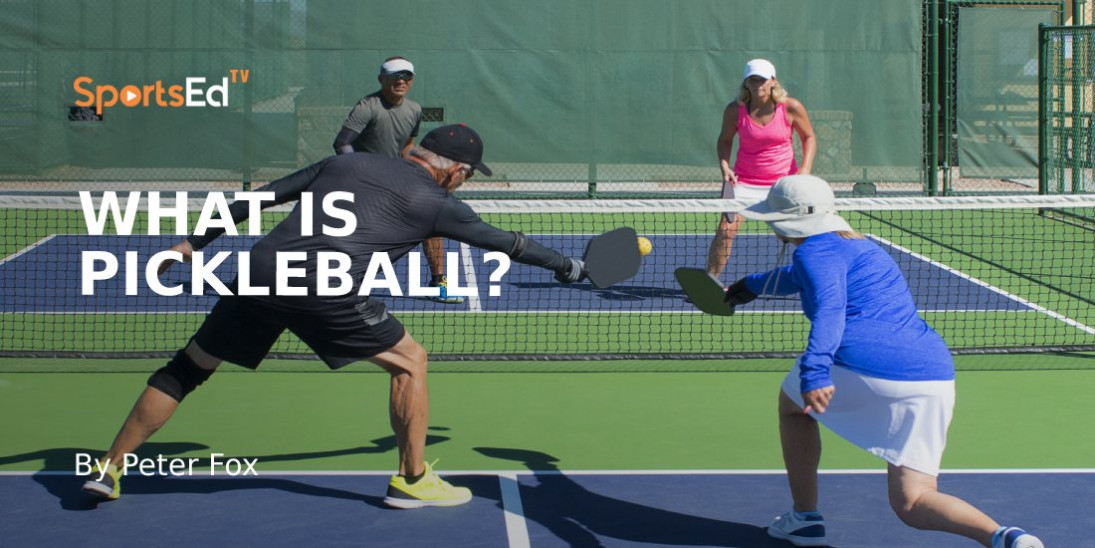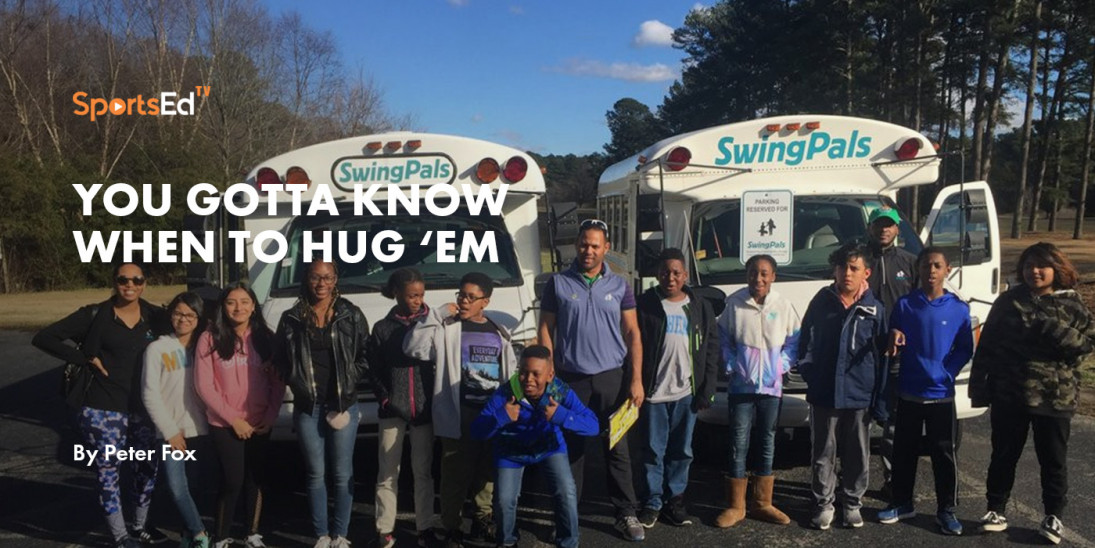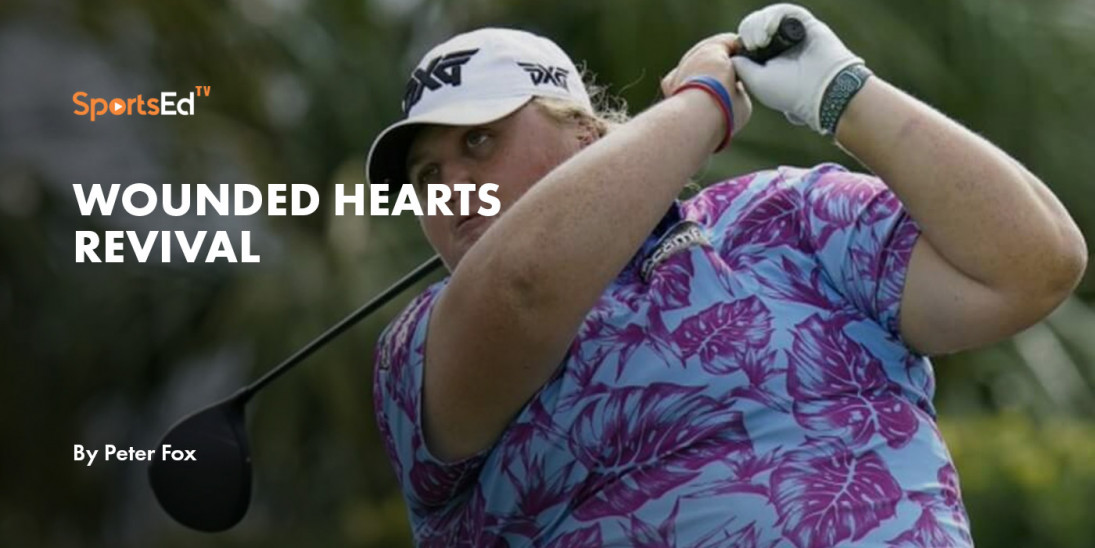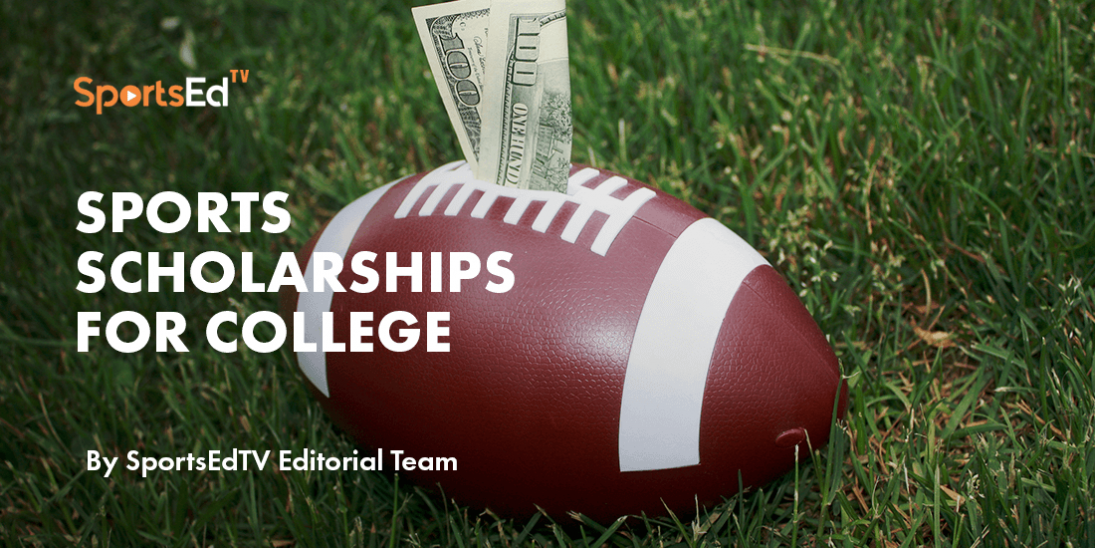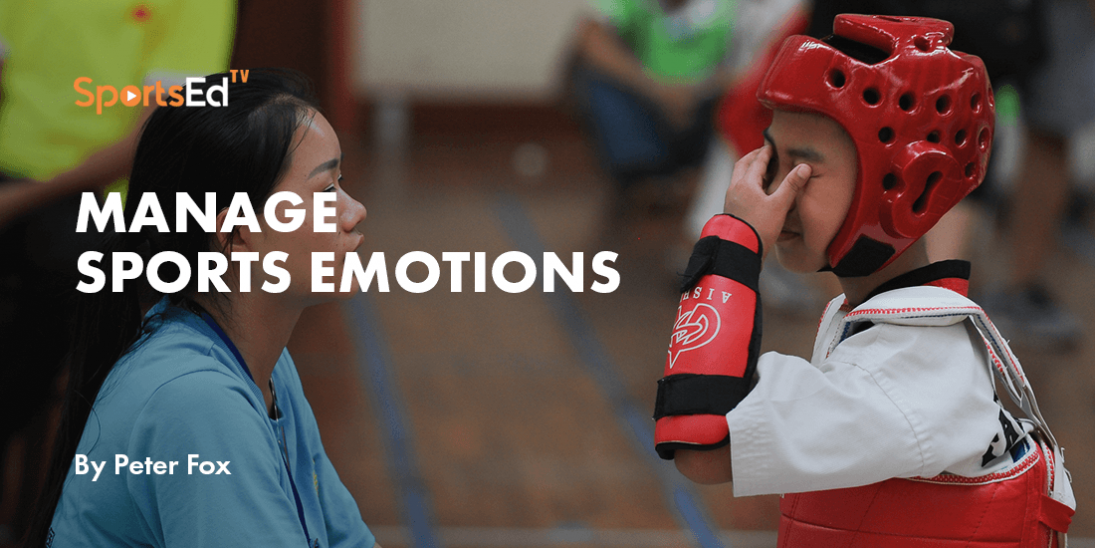Golf, Health
Welcome and thanks for visiting...

Tips to Prevent Golf Back Pain
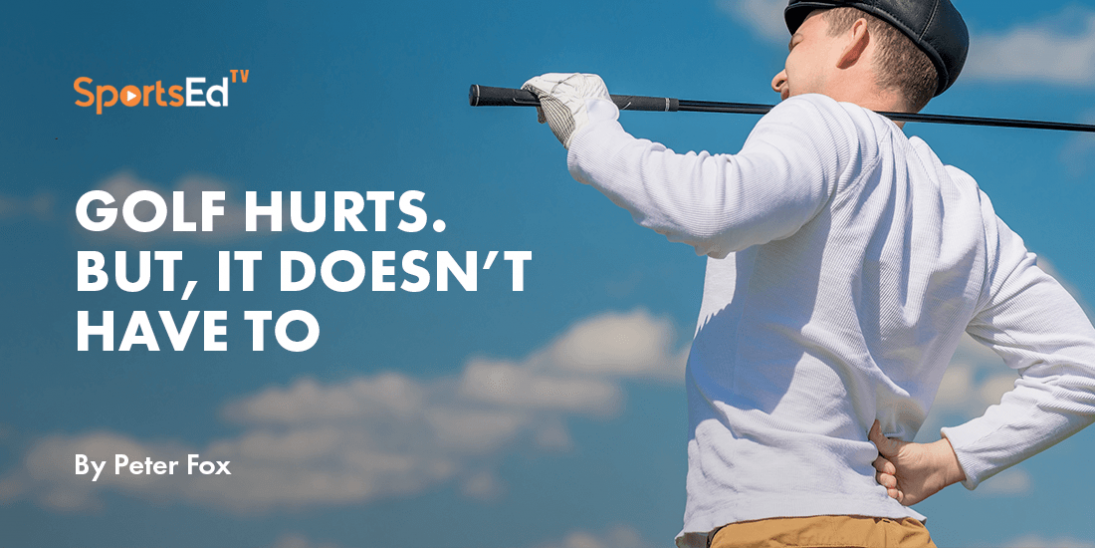
Our team, the SportsEdTV sports directors, regularly use Zoom.
And, when we do, I’m always reminded of how sports tightly knit teammates.
Recruited during COVID, I've never slapped high fives with these guys but was hugged with their concern when I went down for the count with a back injury that finally struck me flat for weeks.
Then last week when our leader, Victor Bergonzoli suggested I tell the story of how fast I was able to recover from the eventual late October microdiscectomy surgery to compete in early spring golf competitions.
Mind you, this octogenarian isn't exactly on the super senior circuit, but now am skinning some of those wise-cracking 60-year-old youngsters, without the back pain that I nursed since high school.
I have the timely discovery of a way to golf that puts less stress on the lower back to thank for extending my golf passion for years, I'm sure before father time eventually wore down the parts and flattened my butt for weeks late in 2022.
Doing the math, in 1995 I was publishing a golf magazine in Florida and bartering advertising with a local chiropractor who I visited frequently, grimly believing my golf was in its last act.
Enter, our now senior contributor Todd Graves, and the team of Natural Golf believers who engaged my pen to create A Lifetime of Better Golf, the single plane method with Todd on the cover, now shadowed by the likes of Bryson DeChambeau.
But then, it was met with earth-is-flat disdain by golf blind many. It was the same disdain that wounded the personality of the Canadian legend Murray “Moe” Norman, driving him from the PGA Tour into the relative seclusion of his homeland.
Todd, a golf Magellan, ultimately became Moe’s protégé and the young model of his golf swing that I was supposed to make readable.
Well, with my name on the book, I figured I better learn to play that way, so set out to learn it from Todd and even Moe.
For reasons unknown to the three of us, I was able to make the move without much stress on my balky back, even reducing my chiro visits to occasional rather than regular. It went on that way until recently, as the parts wore out, extending my passion to play, I am sure, for nearly 25 years.
During that time, Todd popularized the single-plane way. He and his PGA brother Tim built an academy that has hands-on taught it to thousands and introduced it to millions, growing respect in the tough-nuts-to-crack golf community.
Todd’s constitution has never been satisfied with the whats and hows of single-plane golf. He has always wanted to know why, and in that pursuit, he and scientists came to understand why the single-plane way to play puts less stress on the lower backs of so many golfers.
They came to identify the method’s flexed forward knee as a key to less back compression and shear as major back injury culprits.
Once again, my pen was recruited to build a story about it, and Golf Hurts. It Doesn’t Have To, a brochure was the result.
In the ensuing research I had to speak with Dr. Hyun Bae, a national leader in motion preservation technology who said single-plane golfing “shows significantly less spinal compression and shear that translates to significantly less risk of lumbar injuries to single-plane golfers.”
Further, Dr. Len Zaichowski, Boston University School of Medicine Director of Sports Science said “a parameter associated with back pain—the lateral bending angle—was significantly reduced in the single plane golf swing.”
So, yes, it prolonged my golf. But what about after surgery? Would I play again? At a respectable level, or I would be relegated to hit and giggle golf—unacceptable, still.
Well, my talented non-golfing surgeon thought the summer of 2023 might be a good target. Me, I set Easter or Memorial Day as the goals.
Limping to physical therapy supported by an upside-down Cash-In putter as a cane, the traditional golfing physical therapist who drew my case at Duke told me to “listen to your body. It will tell you when.”
It would ache when I putted on my bedroom carpet and I was discouraged. For weeks, at home and at the gym my body shouted, loudly at first.
During a North Carolina January heat wave a friend and colleague took me to lunch at his golf club and asked me to look at his swing.
On the range, I took his wedge and gingerly hit a chip shot…then a pitch…then a half dozen pitches, and didn’t dare anymore. A week later, it was a small bucket, pitch shots only. A week later, it was followed by a same-size bucket, splitting an 8-iron and hybrid.
No appreciable bad results. Ache? Yes, but not more than before surgery.
So, here's a text to one of my super senior buddies: “Under wraps, I’d like to try nine holes. Will you monitor?”
Off we went. No real back issues. My body was talking.
So, I signed up for our weekly skins, went the full 18, won one skin, and was pooped, pleased, and sore in golf muscles that had been awakened.
A week of resting and some sneak-off practicing instead of therapy and at it again, shooting my age one weekend and breaking it the next, not as hard as it used to be.
My body reinforced something books, Todd and all my golf study could never accomplish: Less is More!
It wasn’t even April!
So much for Easter and Memorial Day.
Thanks to Moe, Todd, et al.
Golf doesn’t hurt anymore.


